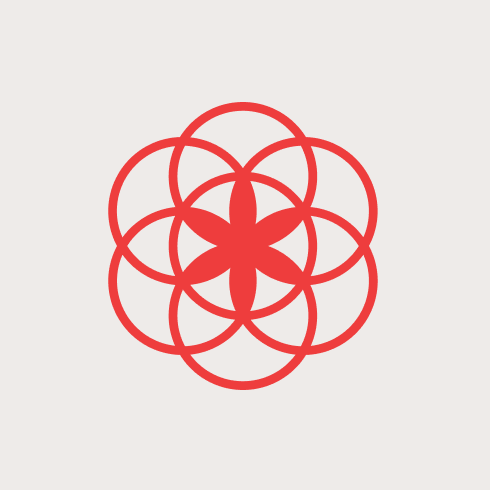Photography by Sora Shimazaki
Do we need to panic about metals in tampons?
The Clue Science Team helps to separate fearmongering from facts.

If you’ve been anywhere on the internet recently, you may have seen some scary headlines about tampons. A recent study found low amounts of heavy metals like lead, cadmium and arsenic in a wide variety of tampons (1).
On the surface, that is scary. But our Science Team reviewed the research and realized there’s some important context missing in the conversation. Most of the articles and social posts swirling around the research are more focused on clickbait instead of insight.
Here’s what you need to know:
What did the study find? It found levels of heavy metals in the absorbent part of different tampon types. The levels are comparable to, or even lower than, the levels in things like Brussels sprouts, green tea, bottled water, and kale (2,3,4,5,6).
Where do these heavy metals come from? These metals are mainly found in the soil where plants like cotton (which is a key component of many tampons) are grown (7).
What else should I know? The study did not investigate if these metals are absorbed by the body at all, and if there are any health implications. According to our Science Team, it just proves that there’s more research needed before drawing conclusions.
What should you do with this information? The more you know, the more you can make informed decisions about what’s best for your body. Clue’s Science Team recommends using the menstrual products that feel best for you and your period.
What’s next? Hopefully, more research! The main gap in research is the question of absorbency of these components–do any of these substances actually enter the body? And that question applies to substances in all period products, not only tampons.
At Clue, we’re committed to closing the gender data gap and moving female health forward, with facts not fearmongering.
We’re proud to partner with researchers from leading institutions to support evidence-based research on historically under-researched areas of menstrual and reproductive health. You can read more about research at Clue here.